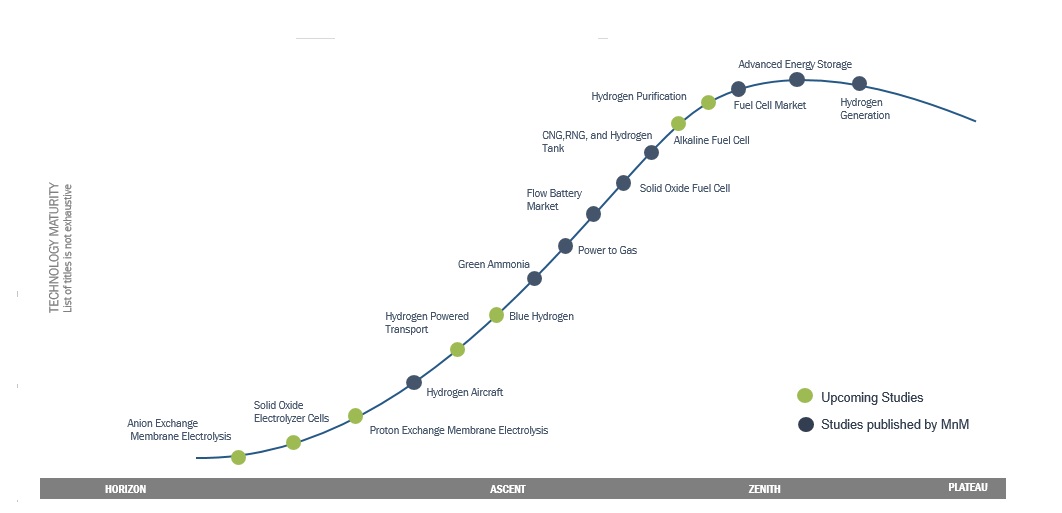Hydrogen market penetration refers to the extent to which hydrogen is adopted and used as an energy source or feedstock in various industries and applications. Hydrogen has gained significant attention as a potential clean energy carrier and has the potential to play a crucial role in reducing greenhouse gas emissions, particularly in sectors that are challenging to decarbonize, such as transportation and heavy industry. The choice of whether to enter new markets directly or through partners is contingent upon several industry-specific considerations in the hydrogen sector.
Download – https://www.marketsandmarkets.com/industry-practice/RequestForm.asp
Here are some considerations:
- Local Market Knowledge: Infrastructure requirements, rules, and regulations at the municipal level have an impact on the hydrogen business. Working with local organizations can help you understand the unique dynamics of the hydrogen sector in that area and offer invaluable insights if you are unfamiliar with the nuances of the target market.
- Access to Infrastructure: Infrastructure for hydrogen production, distribution, storage, and transportation must be accessible in order to establish a foothold in a new market. Since building new infrastructure can take time and money, partnering with businesses or organizations that already have infrastructure can let them enter the market much more quickly.
- Technological Expertise: The hydrogen market is changing quickly, and different markets might have different needs or preferences in terms of technology. Working with partners who are knowledgeable about target market-specific hydrogen technology can assist make sure your products and services meet local demands and preferences.
- Supply Chain Integration: From hydrogen generation through end-use applications, there are numerous players in the hydrogen value chain. Because they may already have established ties with suppliers, consumers, and industry players, partnering with local businesses that are already integrated into the supply chain can help an efficient introduction into the market.
- Government Relations and Incentives: Government incentives and policies are very important in determining the direction of the hydrogen sector. By collaborating with regional organizations, one can gain access to government networks, improving participation and maximizing the use of grants, incentives, and other funding sources for projects pertaining to hydrogen.
- Risk Sharing: Regulatory compliance, market acceptability, and financial uncertainty are some of the risks associated with entering new markets. You can share these risks and have a more robust entry strategy by forming partnerships with well-established local firms.
Talking about the market penetration of the hydrogen industry, It is imperative to carry out comprehensive market research and assess the particular opportunities and challenges present in the intended market. Take into account a hybrid strategy wherein direct entrance may be pursued in certain areas while collaborating with local companies for particular competencies or market niches. The best course of action may change based on the objectives of the business, the state of the market, and the resources at hand, therefore flexibility and adaptability are essential.
Read More – https://www.marketsandmarkets.com/industry-practice/hydrogen/market-penetration







